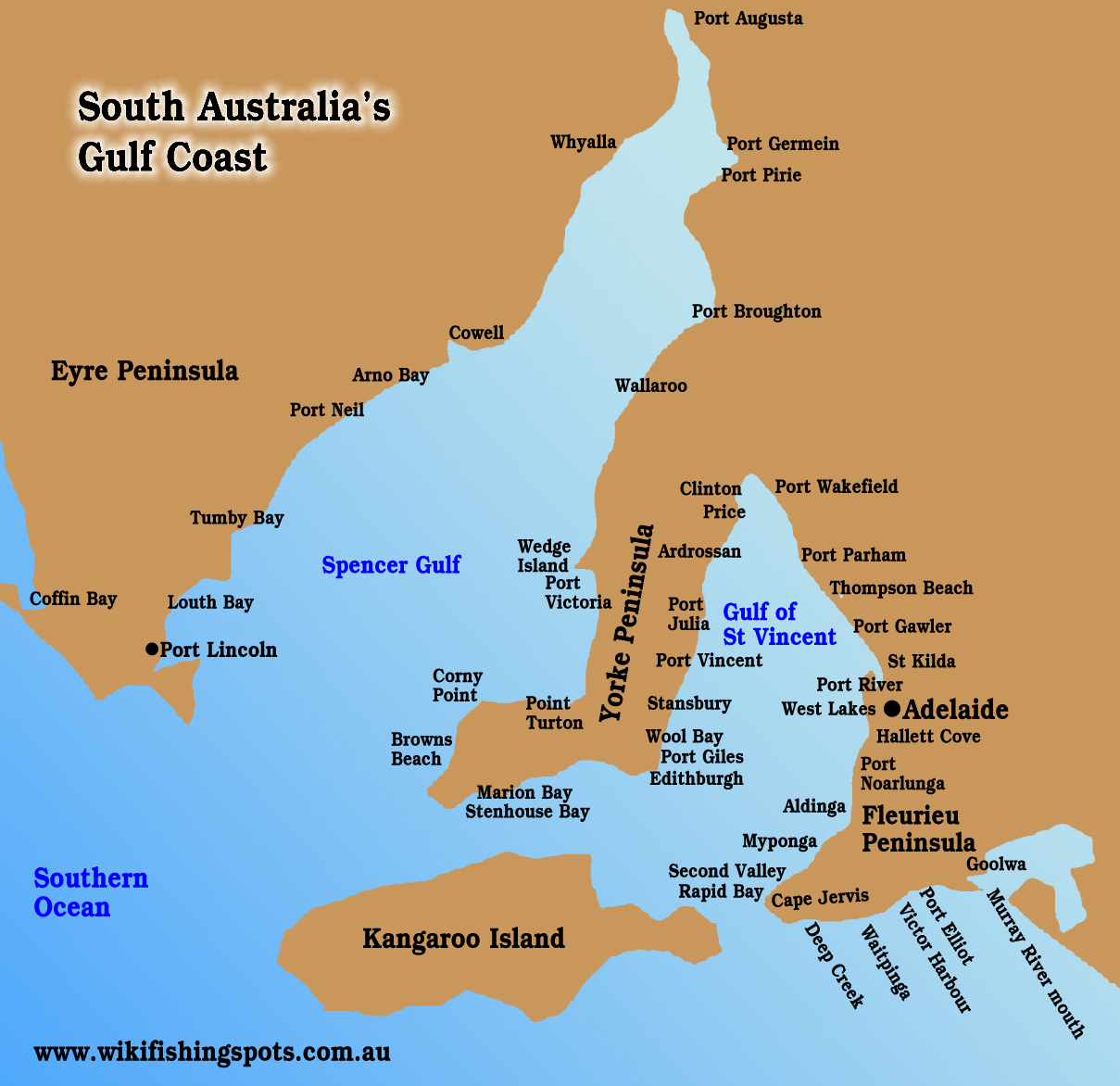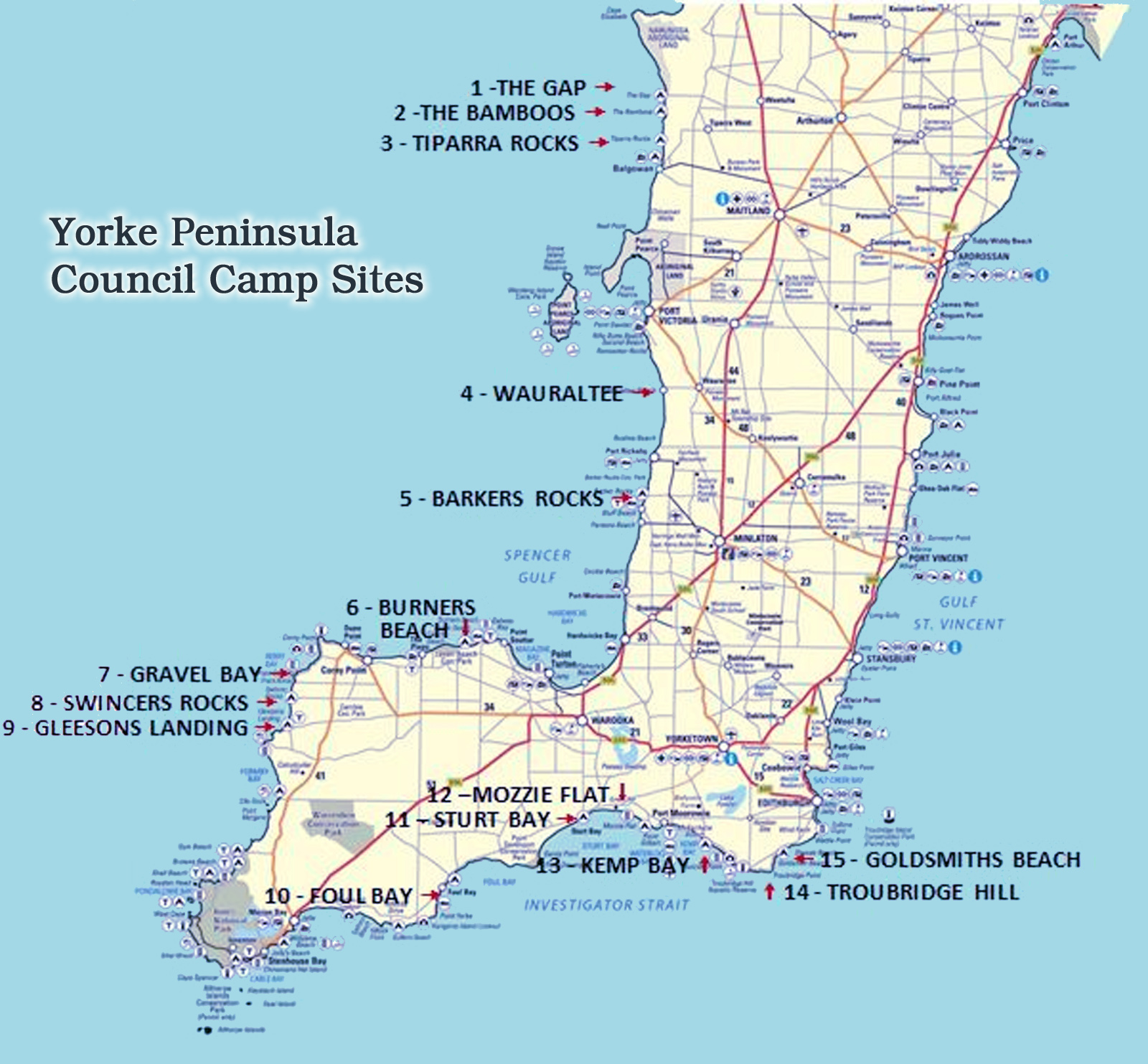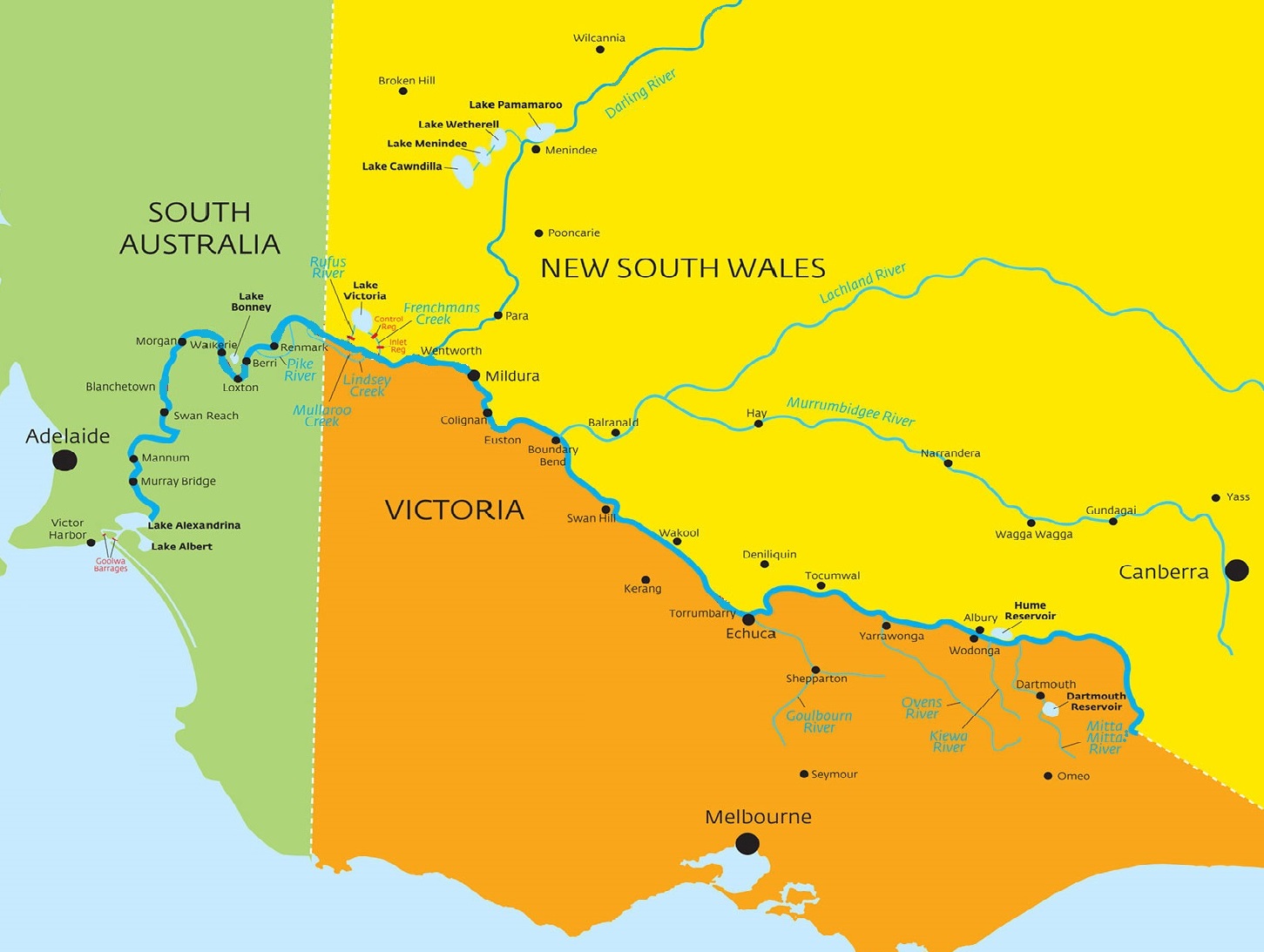flathead make a tasty meal, but being a bit different from other fish they present a bit of a challenge for newbie filleters.
Keep in mind that they have sharp spines on the gill covers, and dorsal spikes, and sharp teeth too.
Here’s are two good ways to fillet them.
How to fillet flathead – Method 1
Put the fish on its back and cut across the body through the belly flap behind the pelvic fins.
Put the knife in the anus and cut lengthwise up to the first cut behind the pelvic fins.
Remove innards.
With the fish on its back cut through the fish each side of the backbone.
Put the flathead on its side and cut through along each side to the backbone.
Put the fish on its belly and cut through the back skin.
Separate the fillets from the backbone.
Run the knife down each side of the rib cage bones to separate the fillets from the ribs.
Skin part of the tail end of the fillet by running the knife between the skin and flesh with the skin-side down and the knife angled to the ground, then use the small flap of skin to pull the skin off the flesh.
How to fillet flathead – Method 2 (simpler)
Put the fish on its side and cut into the thick end of the fillet just behind the pelvic fins.
With the knife still in the fish, angle the knife to the back of the fish and proceed to cut the fillet along the backbone down almost to the tail, but leave the skin attached to the tail.
Pull the attached fillet away from the fish and start skinning the tail end of the fillet by running the knife between the skin and flesh with the skin-side down and the knife angled to the ground.
Once about 3cm of skin is off, grab the fillet and skin and carefully tear the skin off the flesh, this will take the bones with it and leave you with a fillet.
Fish filleting knives and sharpeners
A small, sharp filleting knife makes life easier when cleaning small fish. See eBay listing here.
A longer filleting knife is helpful when skinning large fish. For skinning purposes, the knife need not be ultra sharp as a sharp knife may cut through the skin while separating it from the fillet, which is undesirable. See eBay listing here.
Blunt knives are near useless, so a good sharpening stone is essential equipment. See eBay listing here.
A professional-quality knife sharpener makes it easy to keep all your knives sharp. Use powered sharpeners with care to avoid shortening the life of your knives. See eBay listing here.
How to skin fish
o skin a fillet, place it skin-side down on a flat surface.
Run a long flexible filleting knife flat from the tail end, cutting with the knife blade angled slightly down towards the skin.
As mentioned earlier, a knife that is not too sharp is best suited for this job, as it won't easily cut through the skin, but it will separate the flesh from the skin.
Skilled use of a sharp knife will work however.
Fish with tough skins such as leatherjackets may be skinned by simply tearing the skin off.
****
Back to the NSW/ACT Fishing Map
Back to the NT Fishing Map
Back to the Queensland Fishing Map
Back to the SA Fishing Map
Back to the Tasmanian Fishing Map
Back to the Victorian Fishing Map
Back to the WA Fishing Map
Email corrections, additions, pictures or video here.




